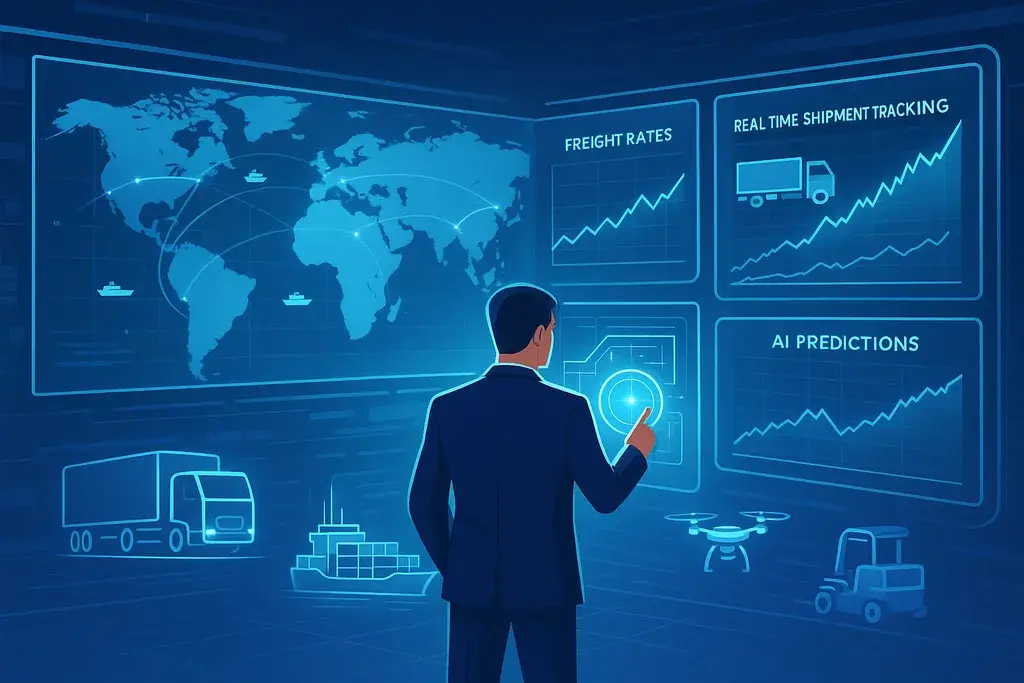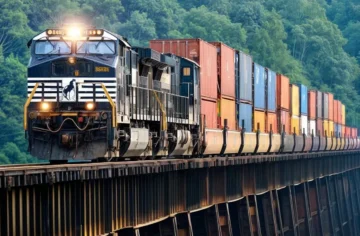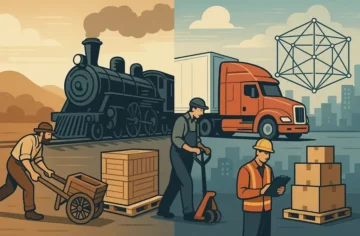In 2025, logistics isn’t just about moving goods from point A to B—it’s about navigating constant disruption, making smart, fast decisions, and using every tool available to stay agile. With markets evolving weekly and customer expectations rising by the minute, logistics managers need more than just experience. They need a proactive mindset, digital fluency, and the foresight to adapt before disruption hits.
Here are four best practices logistics managers should embrace this year to keep their operations resilient, efficient, and future-ready:
1. Monitor Freight Markets Like a Trader
The freight market today is as volatile as the stock exchange—rates, capacity, and routes change faster than ever. Logistics managers who monitor these shifts closely can avoid surprises and stay ahead of rising costs or falling capacity.
Best-in-class managers go beyond reacting to change. They use freight market intelligence platforms to compare spot vs. contract rates in real-time, model different cost scenarios, and communicate changes proactively to internal teams and customers. Some are even renegotiating contracts quarterly instead of annually.
Pro tip: Set up alerts for lane-specific rate changes, and build a flexible freight strategy with both long-term contracts and spot market agility.
2. Optimize Networks Like It's a Tech Product
In the past, companies would redesign their logistics networks every 4–5 years. That’s ancient history. Today, network and route optimization needs to happen every 6–12 months to keep up with shifts in demand, geopolitical changes, fuel prices, and more.
Advanced logistics managers are using digital twins—virtual replicas of their entire supply chain—to simulate changes and stress-test “what if” scenarios before making physical shifts. Whether it's consolidating LTL into TL, switching from road to rail, or using cross-docking to reduce handling, these changes can slash costs and boost delivery speed.
Always have a Plan B baked into your routes. In a post-pandemic world, redundancy isn’t waste—it’s resilience.
3. Go from Real-Time to Predictive Visibility
Knowing where a shipment is right now is good. Knowing where the next bottleneck will be is better.
Real-time freight visibility has become standard, but the next frontier is predictive visibility. This means combining historical trends, weather forecasts, port congestion data, and warehouse workflows to foresee problems before they happen.
Smart managers are using AI-powered tools that alert them to probable delays, inventory shortages, or warehouse overloads in advance—giving them time to reroute or reallocate.
Think of it like Waze for your supply chain—only smarter.
4. Invest in Tech-Savvy Talent and Tools
Technology is only as good as the people behind it. As logistics gets more digital, the workforce must evolve with it.
The future belongs to hybrid professionals—those who understand logistics and how to use technology to streamline it. Companies are already hiring data analysts, automation specialists, and AI-focused roles within logistics departments.
At the same time, logistics leaders are investing in upskilling existing teams, using mentorships, online certifications, and hands-on tools like Transportation Management Systems (TMS) and predictive analytics dashboards.
And yes—AI isn’t coming, it’s here. From assigning carriers to planning entire routes automatically, AI is quietly transforming backend operations. The ones who master it early will win.
Final Thoughts
In a world where even the best plans fail, logistics managers need to stay curious, flexible, and tech-forward. The job is no longer about managing chaos—it’s about anticipating it and building systems that thrive in it.
The future of logistics isn’t just faster—it’s smarter.




